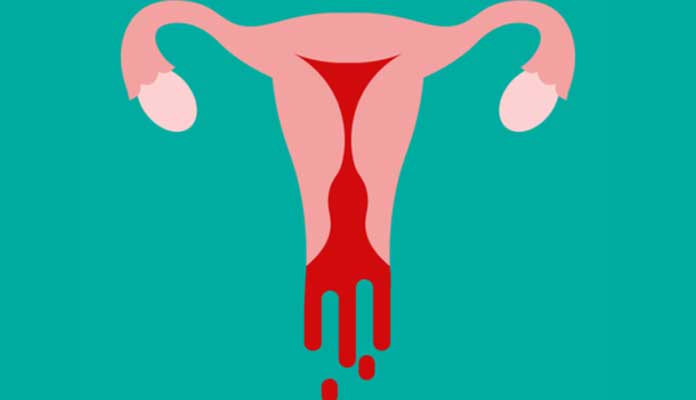Whether you’re a girl or a woman, after the onset of puberty and before menopause, you experience monthly menstrual flow if you aren’t pregnant. And you’d agree that those few days in the month can be horrible, at best. Menstrual flow (or menstruation), which occurs monthly, is associated with pain by most people. This is due to the menstrual cramps that come with menstruation. For some people it may be mild, but for others it might seem like hell was let loose on their lower abdominal region. If you happen to have serious pain during your period, you must have been curious to know how you could lessen the trauma. There are many methods of dealing with menstrual cramps. Most of these methods, however, do not eliminate the pain totally. They are more effective in reducing the effects of the cramps. Some teas have been studied and found to be helpful in addressing menstrual cramps. We’d discuss some of them shortly, and how to prepare them.
Chamomile Tea
Chamomile tea is one of the best known teas that relieve cramp pains. It is more effective if you start taking it a few days before your period arrives. Its potency has been hinged on to the presence of glycine in the herbs. Glycine relaxes nerves and relieves muscle spasms in the body. Other compounds which rather add to the effect of glycine are also present in the tea. Chamomile tea has robust anti-inflammatory effects too! To prepare this tea, add 2 teaspoonfuls of chamomile tea in a cup of boiled water. Allow it to infuse for about 2 minutes. Honey or lemon can be added to improve the taste. [1]










